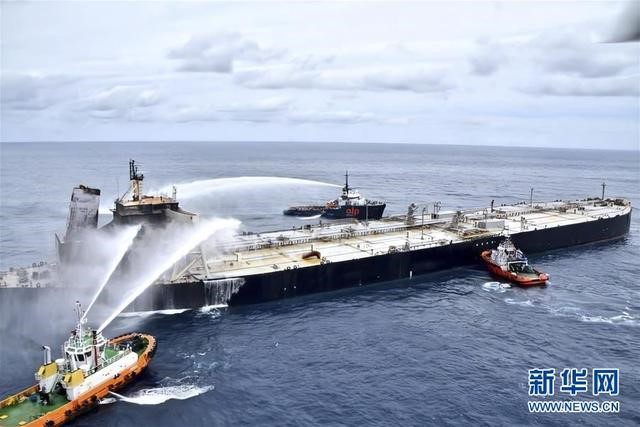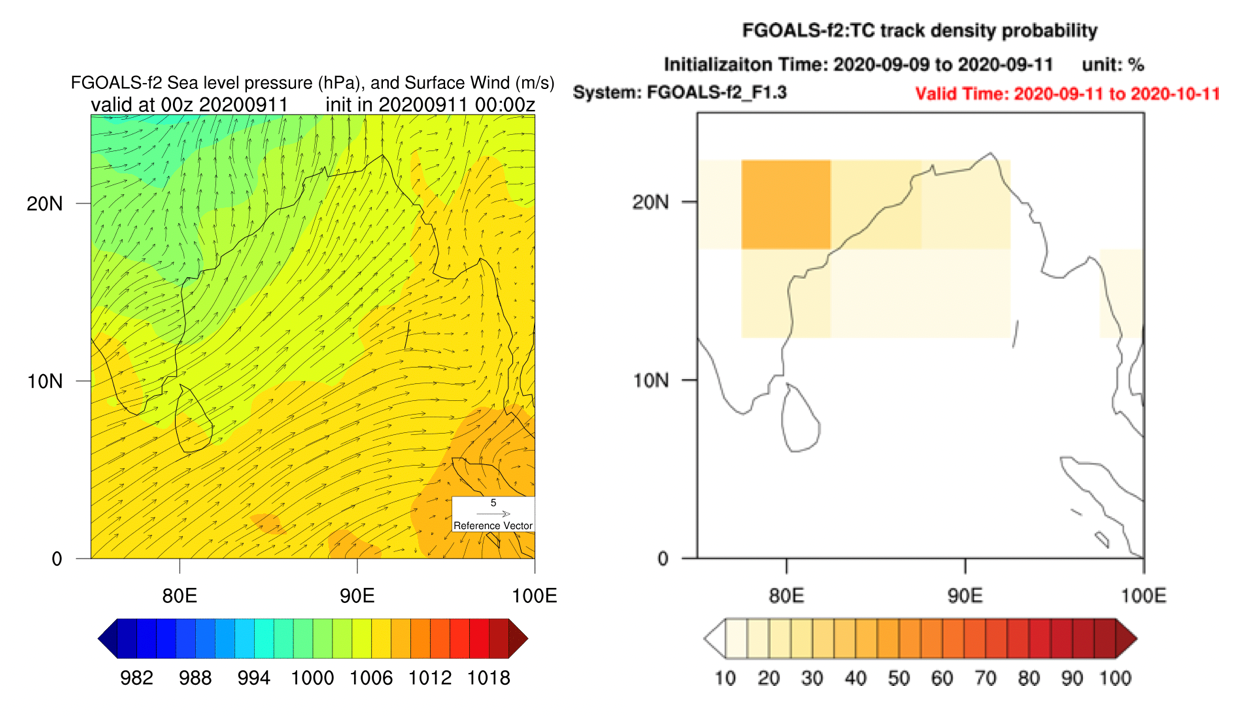In the early morning of September 3, 2020, the Sri Lankan Navy confirmed that a fully loaded oil tanker caught fire about 38 km off the east coast of Sri Lanka. Among the 23 crew members on board, one was missing (later confirmed dead) and one was injured. At present, multinational ships are implementing emergency rescue. The oil tanker, named "New Diamond", is 330 meters long and is a very large crude oil carrier (VLCC) chartered by the Indian Oil company (IOC). At the time of the accident, it was loaded with 270,000 tons of oil, about 2 million barrels.
There were lots of grave lessons learnt from the accident of spilling oil affecting the marine environment. If the oil in the New Diamond oil tanker spill, it will be the largest environmental crisis in the region, and one of the most serious ones in the history. It will cause irreparable damage to many marine mammals in the sea area near Sri Lanka, especially the rare Omura's whale. It will also seriously damage the tourism and economy of Sri Lanka.
On September 3, 2020, the "New Diamond" cruise ship caught fire, and Sri Lanka, India and other countries implemented emergency rescue. Xinhua News Agency (Photo provided by the Sri Lanka Air Force)
After the accident, the China-Sri Lanka Joint Center for Education and Research (CSL-CER) organized a group of researchers to provide a quick support to the Sri Lanka's Oil Tank Rescue. ANSO-MISSPAD team launched the forecast for emergency and carried out two tasks: 1) Assessment of the diffusion effect of ocean currents on a possible leakage of crude oil pollutants, caused by a hypothetical disintegration of the oil tanker; 2) Whether the tanker will be affected by tropical cyclones during the transfer.
According to the results of FGOALS-f2 subseasonal to seasonal (S2S) prediction system from the Institute of Atmospheric Physics of Chinese Academy of Sciences (IAP/CAS), the wind direction and ocean current in the southeast of Sri Lanka was mainly southwestward for a couple of weeks. If the crude oil leakage happens, it is conducive to the oil spill floating offshore. As the Indian Ocean to the east of Sri Lanka is relatively deep, the pollutant diffusion speed is relatively fast.
Following to the results of S2S tropical cyclone prediction system from IAP/CAS, there is a 60-70% of probability that a tropical cyclone (typhoon) will occur in the Bay of Bengal at the end of September, which will affect the north of Sri Lanka and the coastal areas of India.
The surface wind field (left figure) and the probability of typhoon activity (right figure) in the Bay of Bengal in the coming month forecasted by the FGOALS-f2 S2S prediction system of ANSO-MISSPAD.
The characteristics of the wind circulation at the end of September predicted by the FGOALS-f2 S2S prediction system of the Chinese Academy of Sciences. There will be a tropical cyclone (typhoon) event with a 60% probability at the end of September, and the intensity of the low-pressure enter will reach the level of a tropical cyclone (typhoon).
The above prediction results were shared immediately with relevant institutions and rescue organizations in Sri Lanka. It is suggested that the relevant departments should be vigilant, speed up the rescue progress, optimize the rescue methods, and pull the tanker into the shelter before the typhoon. The ANSO-MISSPAD team reminds the ships nearby to pay attention to the recent situation and forecast, avoid the relevant sea areas and risks in advance. They will continue to monitor the weather and ocean current changes in the region, and provide S2S forecasting services for emergency response and rescue in Sri Lanka. The suggestions and prediction results of the Chinese research team are highly appraised and recognized by local institutions, government and people.
Source:
Ke Wei, Qing Bao, Jinxiao Li and Widanage Charith Madusanka, Institute of Atmospheric Physics, Chinese Academy of Sciences




